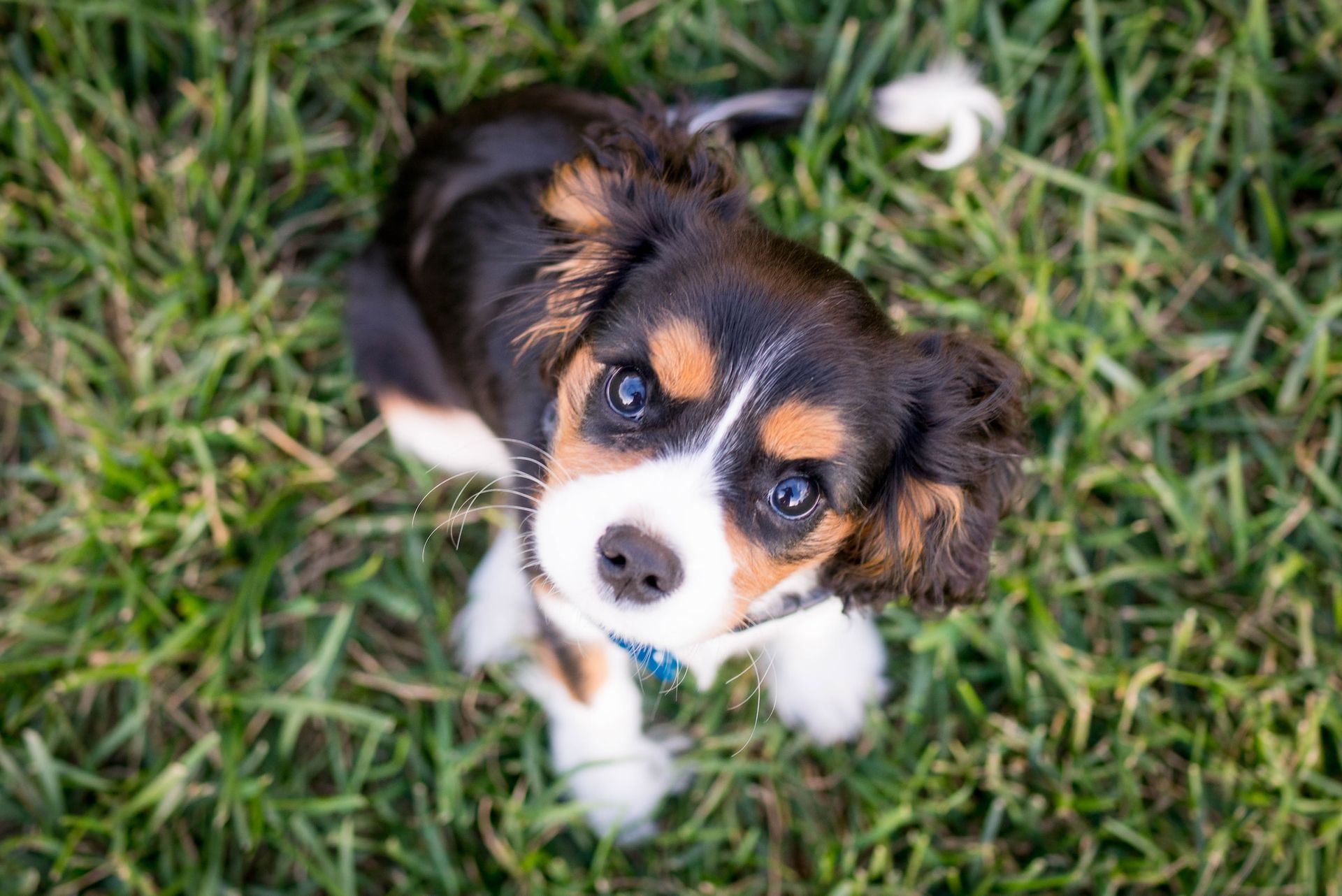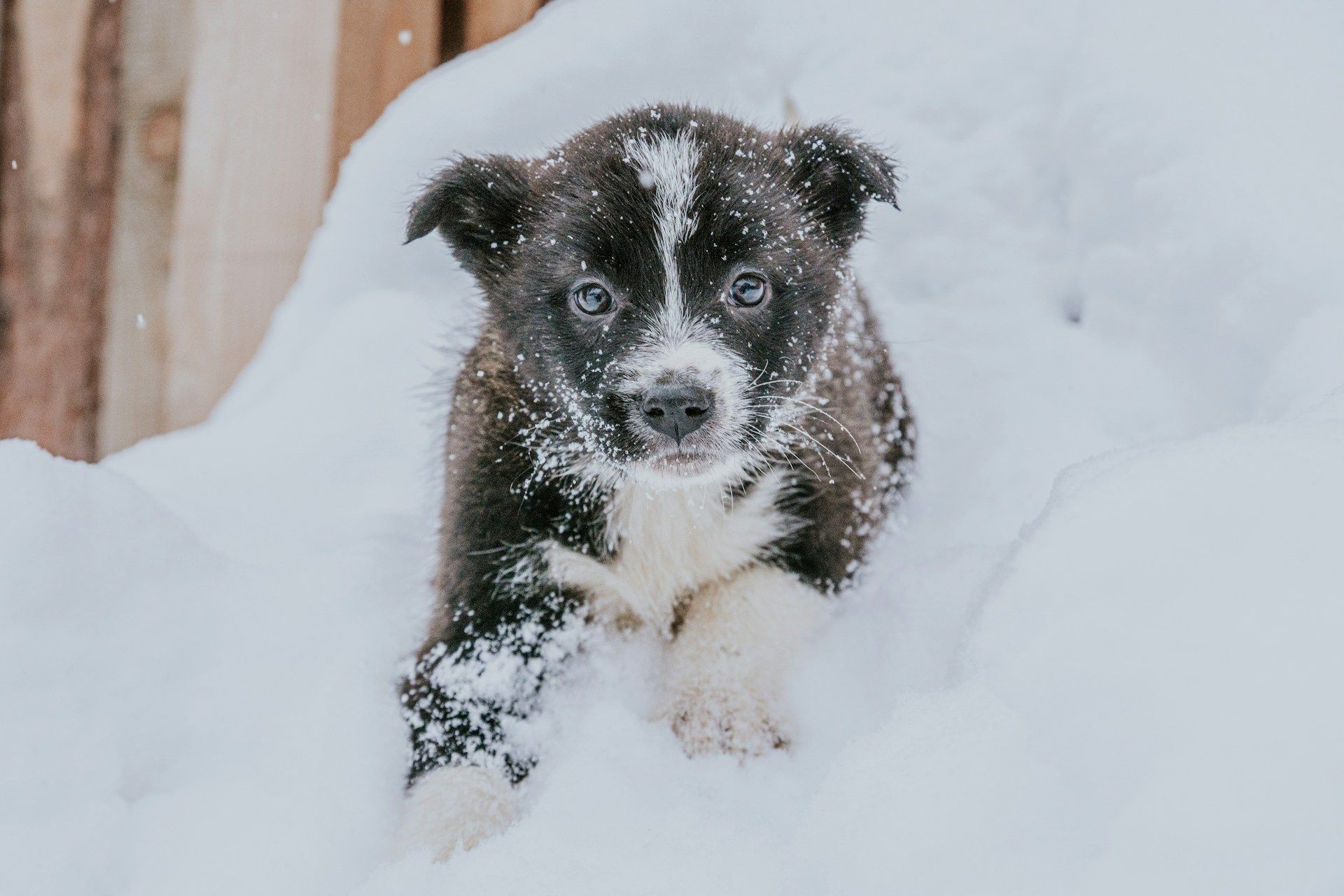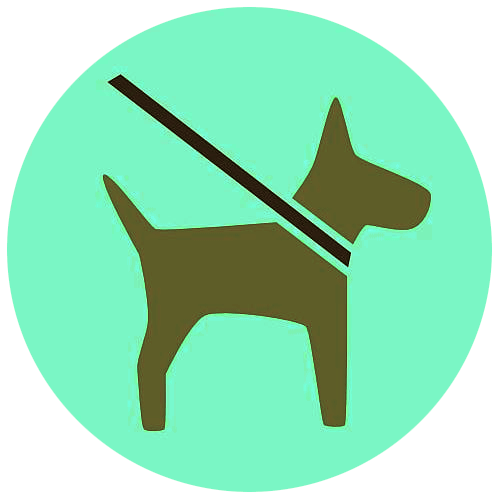Successfully Potty Training Your New Pup
House training a puppy is a massive challenge!
Follow these tips for faster success and a happier pup.

Bringing a new puppy into your home is an exciting time. However, it can also be a bit overwhelming as there is a lot of work involved in potty training a new puppy. Fortunately, there are some easy steps you can take to house-train your new pup.
First, you should create a designated potty area for your puppy. Choose a spot in your yard that is away from your house and designate it as the “potty area.” This will help your puppy become familiar with the area and understand that it’s the place to go for potty time.
Second, establish a regular potty schedule for your pup. Feed your puppy at the same time every day and take them outside to the potty area shortly after eating. You should also take them outside after they wake up, after playing, and before bed.
Third, be consistent with rewards and punishments. Reward your puppy with praise and treats when they go potty in the designated area. If they have an accident, calmly take them to the potty area and show them where they should go instead.
Fourth, be patient with your puppy. Potty training takes time and patience. Don’t get frustrated if your puppy has accidents or doesn’t seem to be getting the hang of it right away. Just keep up with your potty schedule and rewards, and eventually your pup will catch on.
Finally, don’t forget to clean up any messes your puppy makes. This will help prevent them from thinking that it’s okay to go in the house.
House-training a puppy can be a challenge, but with these tips, you’ll be well on your way to having a well-potty-trained pup in no time.
See other tips and fun facts!
Happy Puppy






